Discover the basics in X-rays and astrophysical objects
X-rays
Light comes in many different forms. The most obvious is the light visible to the human eye. However, they are many other lights that are hidden from our sight. X-rays are one of them.
The full range of lights that exist is called the electromagnetic spectrum. It is composed of waves propagating energy. They are measured by their frequency (the number of waves that go through one point in one second) and their wavelength (the distance from the highest point of a wave to the next).
X-rays are electromagnetic waves with wavelengths shorter than those of UV rays and typically longer than those of gamma rays. X-rays have two interesting properties which make them unique for the study of “The Hot and Energetic Universe”, the science focus of the X-IFU. Firstly, they can penetrate and go through matter, which explains why they are used in radiology. Secondly, they are produced in the hottest and most energetic phenomena, because a lot of energy or heat is needed to produce X-rays.
X-ray astronomy is the study of astronomical objects and phenomena that emit X-ray radiation. This field was initiated with the development of rocket-borne detectors in the late 1950s. Earth’s atmosphere absorbs most X-rays. For this reason, X-ray telescopes and detectors have to be taken to high altitudes by balloons or into space by spacecrafts. Nowadays, two flagship space observatories, ESA’s XMM-Newton and NASA’s Chandra, are in operation and deliver outstanding observations of cosmic X-ray sources. In the future, the NewAthena space telescope, and its instrument X-IFU, will be even more sensitive to X-rays.
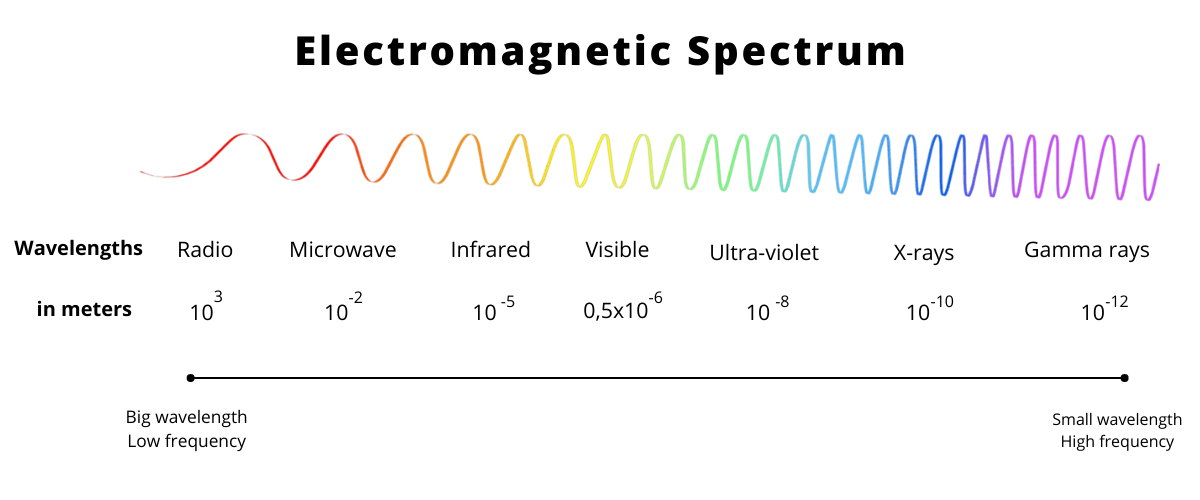
Hot and Energetic Universe
Gigantic black holes reside, and often hide at the centre of most galaxies in the Universe. They are spinning and thus dragging in their rotation enormous quantities of matter orbiting them, disrupting stars, and producing intense tidal forces under the effect of their extreme gravity.
A huge amount of gas, heated to temperatures of tens of millions of degrees, is found between billions of galaxies. A lot of these galaxies reside in groups and clusters, found at the crossing of large filaments weaving a cosmic web of matter throughout the Universe. Stars in galaxies are collapsing at the end of their life, generating devastating supernova explosions. These explosions generate heavy chemical elements, feeding galactic winds which, in turn, mix and push matter within and outside galaxies, triggering the birth of new stars.
These astrophysical objects, and many others, are under extreme conditions and subject to violent physical processes. They form the hot and energetic Universe. All have the common ability to emit X-ray light, which will be detected by the X-IFU on board the NewAthena space telescope.
Understanding these hot and energetic phenomena will allow scientists to unravel the mystery of the growth of black holes from the dawn of time; and to understand how they impact the formation and the evolution of galaxies, in other words, how they shape the Universe. They will analyse how matter assembles into a large-scale cosmic web, where matter flows along filamentary structures under the effect of gravitation and forms clusters of galaxies.
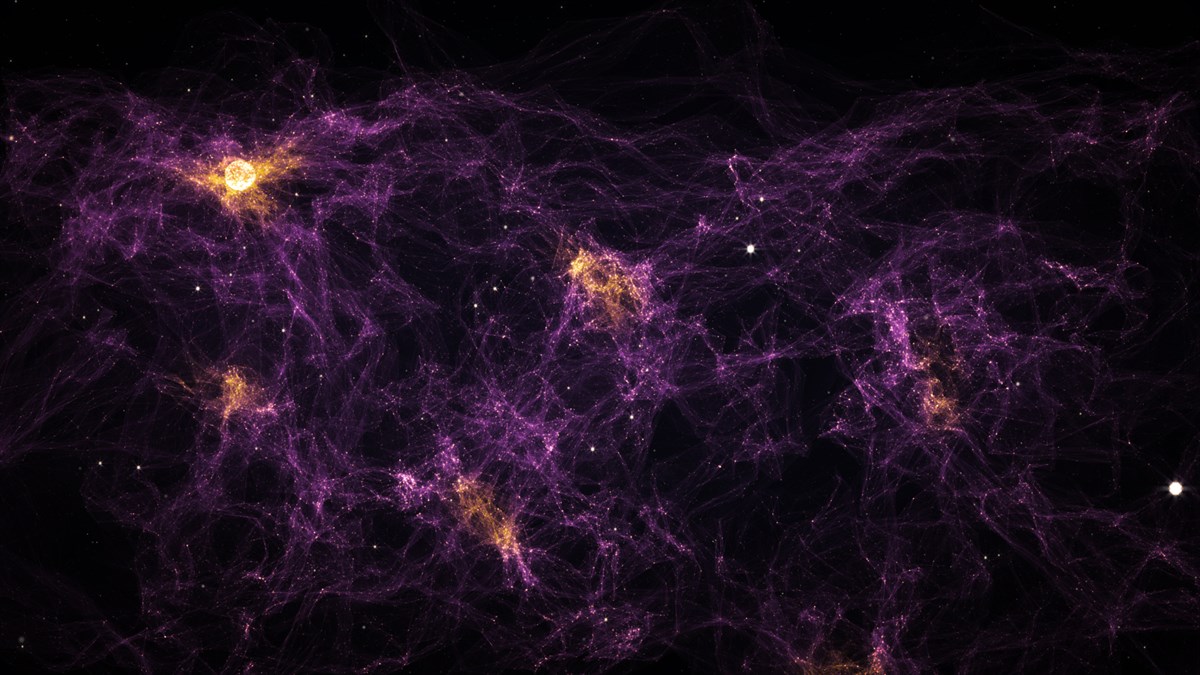
Black holes
Black holes are extremely compact objects. A star a hundred times more massive than the Sun and 10 times larger, squeezed down into a region of a few kilometres across, would make a black hole.
A black hole can be defined as a region of the Universe where gravity is so strong that nothing can escape it. To get out of such a region one would have to defeat the extreme black hole gravity and travel faster than light. Hence the name of black holes: they are “black” because no signal, not even light, can escape their pull; they are “holes” because matter, and even light, can only plunge in, but never cross their outer edge (called the event horizon) inside-out.
Nevertheless, we routinely observe black holes through the effects that they have on the surrounding matter, because of their intense gravitational power. Gas that falls towards black holes heats up in the process and emits enormous amounts of light, most notably X-rays. Moreover, while accreting gas around them, black holes often drive powerful outflows of matter, that can have a profound impact on their surroundings.
Astronomers believe that supermassive black holes are present in the centre of every massive galaxy. These gigantic black holes are likely capable of regulating the growth and evolution of their whole host galaxy by injecting vast amount of energy into it in the form of radiation and outflows.
Despite remarkable scientific progress in the past decades, much remains to be understood about the accretion of matter around black holes and on the effects of black hole activity on their environment. Using the X-IFU, scientists will explore all the regions that are influenced by black holes, from incredibly close to the event horizon out to the scale of galaxies and galaxy clusters. X-IFU data will provide the sharpest view ever of a Universe that is deeply influenced by black hole activity at all levels.
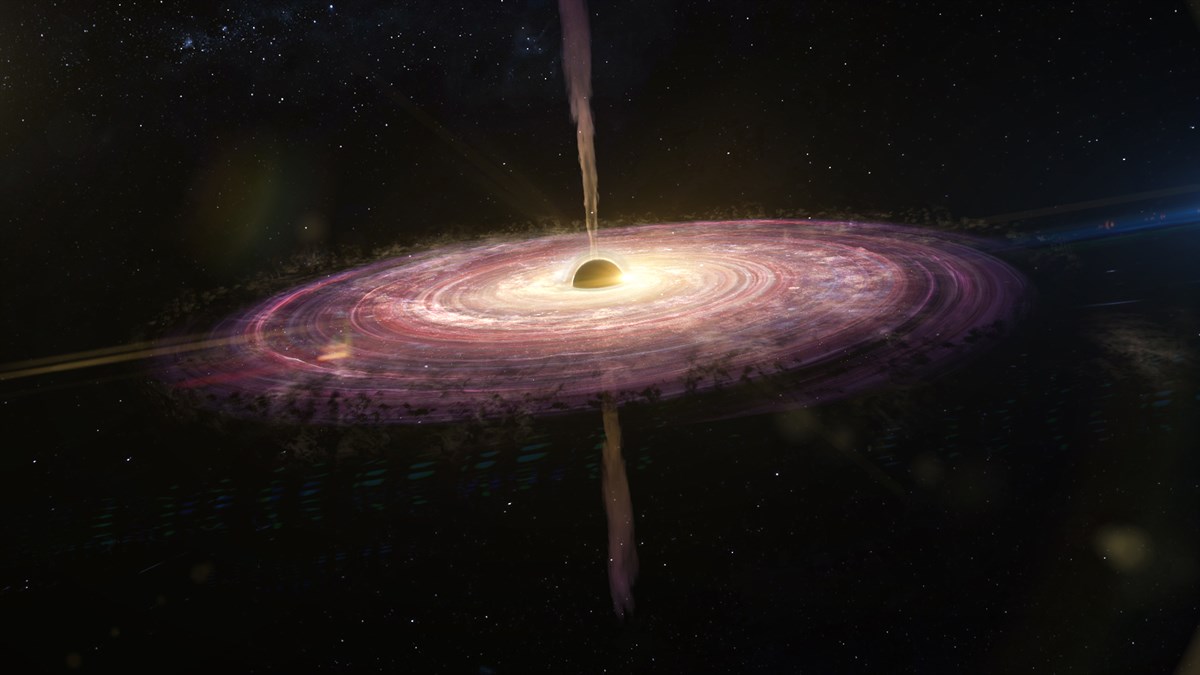
Clusters of galaxies
The distribution of matter in the Universe is characterised by a foam-like structure of filaments and voids termed “cosmic web”. The density of matter is highest at the intersection of the filaments, which is where the clusters of galaxies are found. They are collections of galaxies in certain regions of the sky. Today we know that they can contain thousands of galaxies, measure millions of light-years across, and have total masses up to one thousand million million (1015) times that of the Sun.
The space between the galaxies is filled with a plasma. The plasma is extremely rarefied and exceptionally hot (more than 10 million degrees). It cools over cosmic timescales by emission of X-ray photons. Plasma contributes about 10% of the total mass of a cluster, and so it is the major “visible” component. It is believed that the remaining 85% of the mass in a cluster is composed of dark matter, so called because it does not emit any known radiation. It is needed to keep the galaxies from flying apart under the action of the continuous expansion of the Universe.
Galaxy clusters form and grow across cosmic time through accretion of matter along the filaments. Smaller objects form first and progressively merge together, through gravitational infall, to form larger and larger objects. Some of these mergers are the most energetic events since the Big Bang, driving thousand-light-year-long shockwaves travelling at thousands of kilometres per second into plasma, and generating bulk and turbulent motions that can last for more than a billion years.
The X-IFU instrument on board the NewAthena mission will allow scientists to characterise the speed of these motions from the gas X-ray emission. These high precision measurements will allow them to better understand how the largest astrophysical objects in the Universe assemble and evolve across cosmic times.
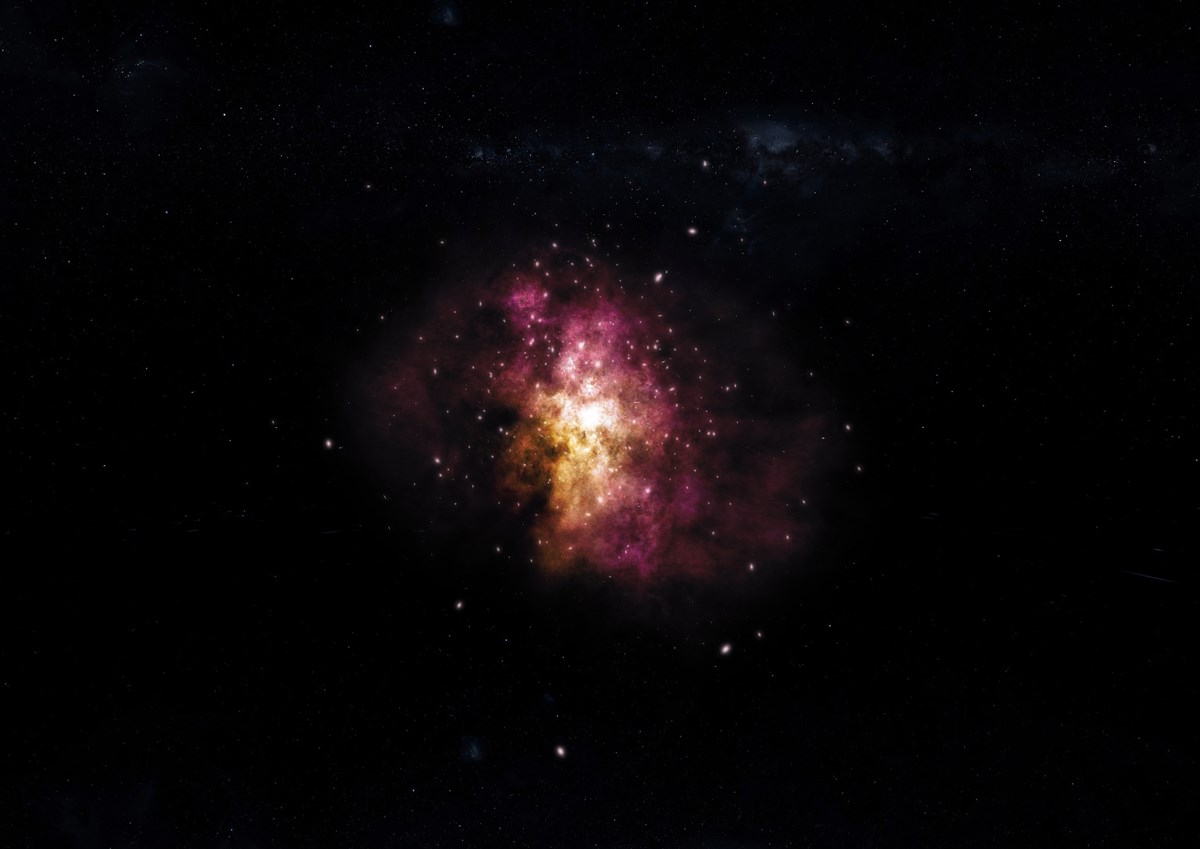
Stars
Looking up at the sky, day or night, we can see stars. What are they? Big balls of gas. The smallest ones weigh only one tenth of the Sun, while the largest ones weigh more than 100 times that mass. Their inside is so hot and dense that nuclear reactions occur, producing the visible light our eyes perceive. We often think stars are well known, but this is not yet the case! Thankfully, they also emit X-rays.
Massive stars continuously eject matter, a process called “stellar wind” which remains poorly known. When two massive stars are orbiting together, their winds collide. These winds are at the heart of the emission of X-rays from stars. X-IFU will be able to explore them, thanks to its outstanding sensitivity, leading to many scientific breakthroughs. It will enable the observation of features in the X-ray light elements (called “lines”) associated with chemical elements in the stars. These observations will help describe the structure of stellar winds generated by the pulsations, magnetic fields, or internal rotations of the stars. It will allow us to understand the properties of colliding winds and the mechanism ruling their induced shocks.
Lower-mass stars, similar to the Sun, will be studied throughout their lives, as mysteries remain at all ages. NewAthena X-IFU will show how exactly baby suns grow when swallowing matter, by revealing the velocities, densities, and short-term changes in the material involved in that process. Activity occurring in young and adult stars will also be probed in detail, revealing the physics at play during the mysterious initial phases of flares, as well as their complex magnetic structures. Finally, the hot bubbles of gas surrounding the dying stars, fuelled by their ejections, will be characterized, enabling us to better understand the final stage in stellar life.
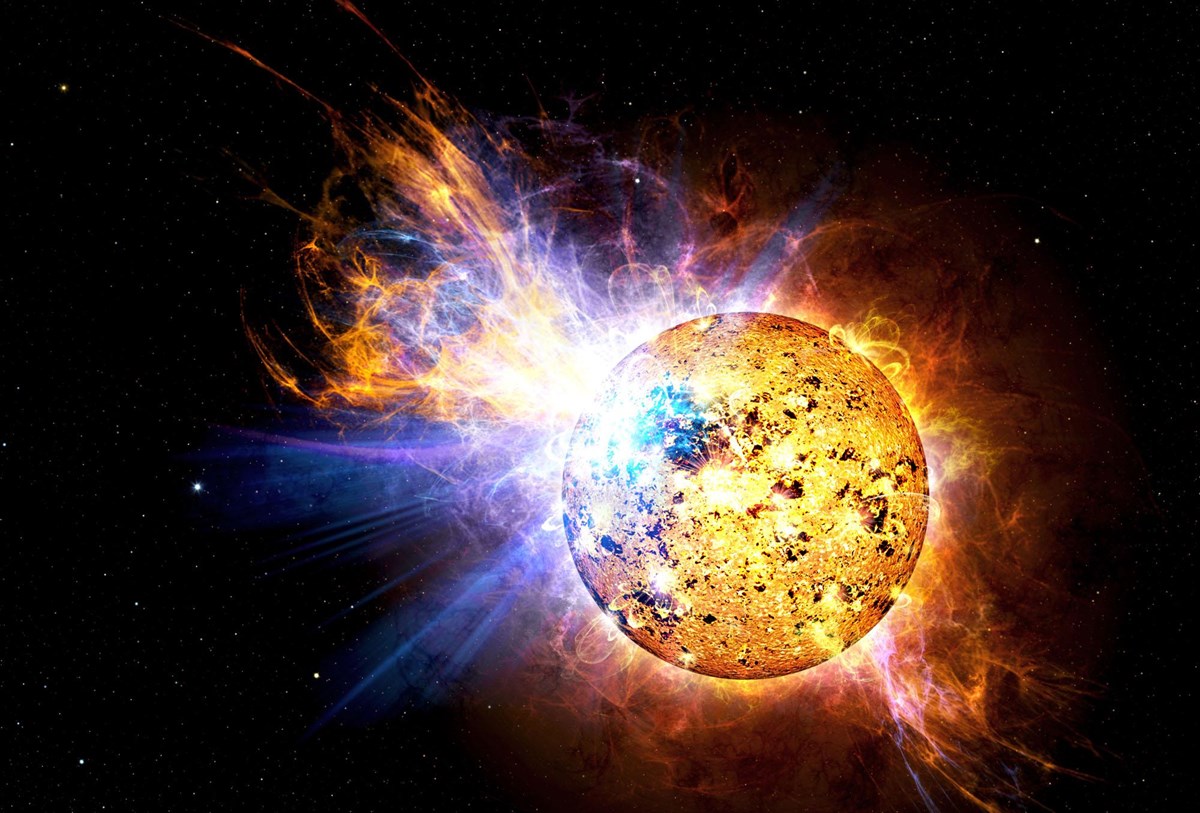
Supernova
Supernovae are among the most energetic events in the Universe. They are the main factory of heavy elements producing all of the elements from Oxygen to Rubidium in the Universe.
The large amount of kinetic energy released in the explosion leads to the creation of a fast shock wave (~30 millions km/h) which is the main source of kinetic and thermal energy in galaxies.
Supernovae explosions come in two flavours: thermonuclear explosion (type Ia), and core-collapse of massive stars (8 times more massive than our Sun). Despite the fact that type Ia are being used as standard candles in cosmology, the very nature of the progenitors at stake and the explosion mechanism remains a challenge as for the core-collapse cases.
For massive stars, their structures at the moment of explosion may play an important role in the explosion scenario but is one of the least understood aspect of stellar evolution. The follow-up of supernovae in the first years after the explosion in X-rays probes the history of the progenitor mass lost by the by stellar winds or interaction with a companion star. Thanks to the high spectral resolution of the X-IFU instrument, the composition (metallicity) of the mass lost by the progenitor star prior to explosion will be studied in details.
Centuries after the supernova, the continuous expansion rapidly produces a shell of hot gas of several light-years size which appears as extended for the NewAthena X-IFU telescope. This bubble of hot gas is called the supernova remnant. With its imaging and high spectral resolution capabilities, the X-IFU instrument will map the properties (abundance, temperature, velocity) of the hot gas to build a 3D view of the heavy elements distribution providing insights on the nature of the explosion (core-collapse or thermonuclear), the progenitor type and mechanisms of the explosion.
Supernovae are cataclysmic explosions of stars at the end of their life. They are among the most energetic events in the Universe and the main producer of heavy elements, generating all of the chemical elements from Oxygen to Rubidium in the Universe.
The large amount of energy released in the explosion leads to the creation of a fast shock wave (around 30 million km/h) which is the main source of energy in galaxies. Supernovae explosions come in two flavours: thermonuclear explosions, and core-collapse of massive stars (8 times more massive than our Sun).

Exoplanets
Exoplanets are planets, such as those from our solar system, orbiting other stars in the Milky Way. The first exoplanet, detected in 1995, has the size of Jupiter but orbiting its star at the same distance as Mercury to the Sun. Since this unexpected discovery, thousands of exoplanets have been detected orbiting many stars.
Depending of the exoplanet orbit orientation, we can observe its transit in front of its host star. It is characterised by a small observable dimming of the host star luminosity due to the shadow of the exoplanet in the front. From such observation the planet radius and masses can be estimated. By combining mass and radius, one can distinguish rocky exoplanets (Earth-like) from gaseous ones (Jupiter-like).
We already know that the host star high-energy emission (X-rays and gamma rays) deeply affects the chemical and physical evolution of exoplanets atmosphere. However, we still miss the full understanding of the actual mechanisms at work. There are currently sparse evidences of the hot-Jupiter affecting the X-ray emission of their nearby host stars, either by magnetic interactions or the infall of evaporated material onto the stellar surface. Such a phenomenon can be modelled and model predictions can be verified with NewAthena X-IFU observations of transiting Jupiters-like exoplanets close to their host stars.
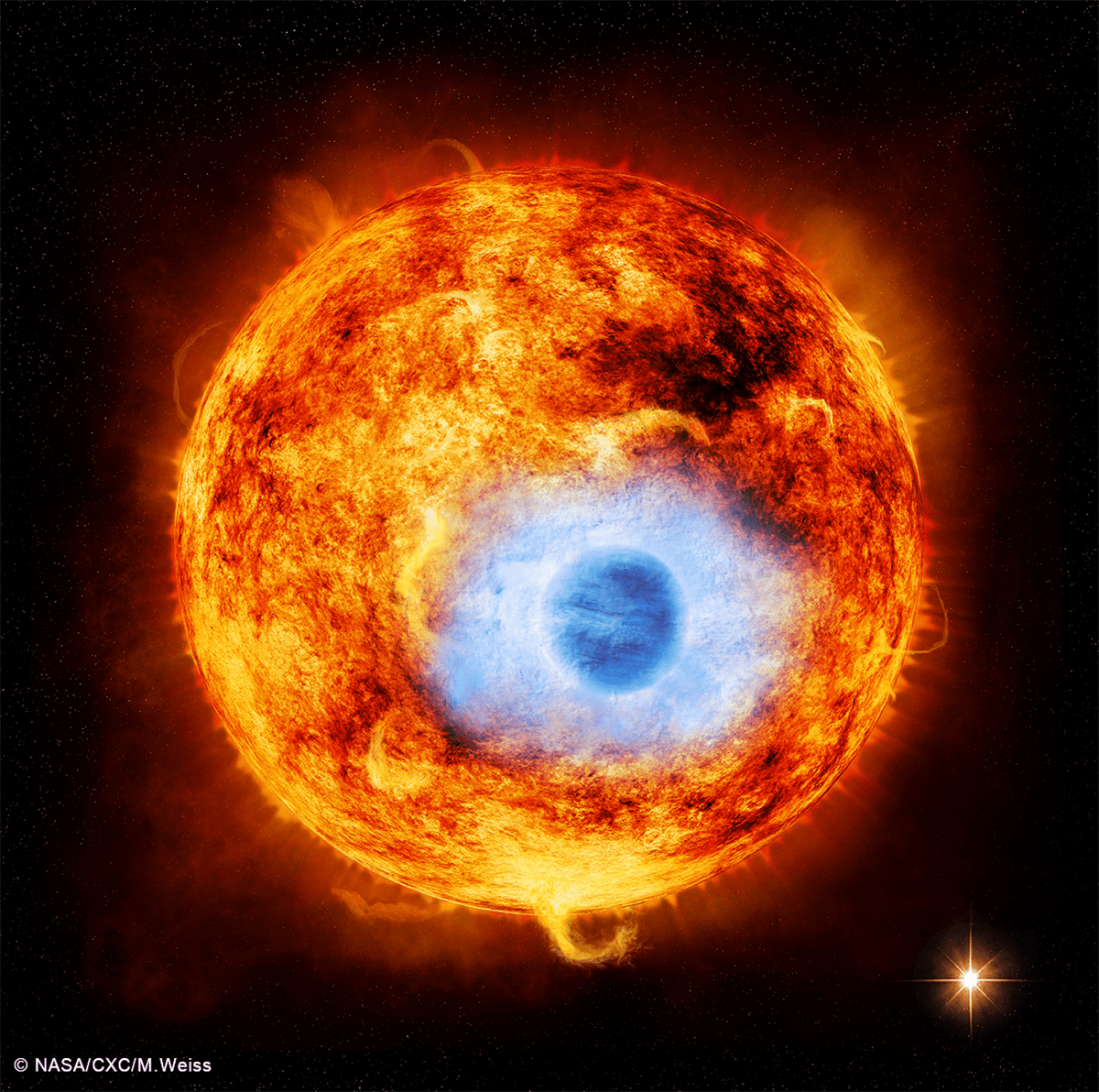



 Youtube
Youtube